Cats do the cutest things. Most cat owners have noticed that they like to paw around their food bowls, especially after eating. If your cat does this and wants to know why, you’re in the right place!
The main reason why cats scratch around their food is linked to their instincts. While we see our kitties as cute babies that need to be protected, they still retain some of their hunting instincts and show them through behaviors like this.
- Cats scratch around their food due to instinctive behaviors mimicking wild hunting and hiding practices.
- Cats may also scratch around their food to cover leftovers, a habit stemming from their need to hide food from predators.
- Not all cats scratch around their food; factors such as personality, environment, and health can influence this behavior.
- Scratching around food can indicate various reasons including overfeeding, disapproval of food, stress, or territorial marking.
- Managing a cat's scratching involves removing food after meals, portion control, addressing stressors, and providing distractions.
The information provided herein is for informational purposes only. Please refer to our disclaimer for more details..
Do all cats scratch around their bowl?
No, not all cats scratch around food bowls. Like humans, cats are individuals with different personalities that influence their behaviors. Other factors like environment, past experiences, and even health status can also cause cats to scratch the floor around their food bowl.
Image credits: Fernando Jorge
While not all cats scratch around the bowl, this scratching behavior is common among our feline friends. This instinctive behavior can be linked to our domestic cats trying to mimic their natural hunting behaviors in the wild. However, there are many more reasons for this behavior.
Do cats paw around their water bowl as well?
While scratching behavior around a water bowl is less common than scratching around a food bowl, some cats do this. They usually do this as a form of territorial marking or to show that they’re anxious.
Reasons why cats scratch around their food bowl
Trying to bury their food
Cats are obligate carnivores who need to hunt for food. In the wild, the scent of leftover food could attract predators or scavengers, jeopardizing their safety. To prevent this, they usually bury food after a meal to hide its scent. This behavior of hiding food is known as food caching.
Our house cats still have their hunting instincts intact. So, when cats scratch around their food bowl, it is simply trying to cover their food leftovers as it would do in the wild.
According to a write-up by the National Research Council, household cats have ancestry rooted in carnivorous habits, evident through their behavioral traits. Their gastrointestinal system exhibits specialized chemistry and a structure tailored for efficient digestion and absorption of nutrients primarily found in animal-based proteins and fats.
Maternal behavior
While your cat is domesticated, it still retains its maternal protective instincts. In the wild, mother cats with kittens will often bury their food to prevent attracting predators. So, if your cat just became a mother, you may notice her scratching around her food in an attempt to protect her babies.
Image credits: Mohak Makin
Female cats are fiercely protective of their kittens.
Overfeeding
If you notice your cat leaves food in the bowl and is scratching around his food, it may be because you’re giving it excess food. Your cat may be scratching because it is trying to cover up their leftovers.
Overfeeding cats can lead to many adverse conditions, such as obesity, immunosuppression, and reproductive issues.
According to a study published in the Journal of Animal Science, consuming too much food can lead to noticeable effects on a cat’s gut microbiota and digestive system.
Disapproval
Your cat may be scratching around food to show you it doesn’t like it. If you notice your cat’s scratching begins just after changing its food, bowl, or feeding location, your cat may be trying to communicate that it’s uncomfortable.
Stress
You may notice your cat scratching around the food bowl if you recently introduced a new cat to the family. Your cat’s pawing may be a way of asserting territorial ownership and marking the feeding area. Cats have scent glands on their paws that help them leave their scent in the area around their food bowl.
Clean Up
Your cat may paw at the ground around its food bowl in an attempt to clean up after a meal. Cats are naturally clean animals that like to clean up after themselves. Similar to how they prefer to bury poop in their litter box, your cat is simply trying to clear the area of food debris.
Kneading
Your cat might not be scratching but kneading the floor. Many cats knead as a way to show pleasure and contentment. This breadmaking action shows a positive association with eating, indicating that you have a happy cat.
Should you stop cats from pawing around their food?
In most cases, this instinctive behavior doesn’t cause any harm. It can mean different things, from territorial marking to comfort-seeking, and should cause no worry. To determine when to step in, observe your cat’s behavior and look out for other signs of discomfort like excessive vocalization, poor appetite, or restlessness.
If this pawing behavior starts suddenly and becomes excessive, it could mean an underlying health or behavioral issue. It could also be a pointer to environmental stressors like routine changes, new pets, etc. In any case, if this becomes a harmful behavior in any way, consult your veterinarian.
Practical ways to stop your cat from scratching around its bowl
Remove the food bowl after a meal
Once your cat finishes eating, remove their food bowl. This prevents them from scratching in an attempt to bury their leftovers. Wet food spoils quickly; leftovers should be removed within a few minutes after mealtime. Also, avoid leaving dry food out for a long time.
Practice portion control
Image credits: Crepessuzette
Many cats will scratch when they are getting too much food. To prevent this, measure out appropriate portions of food based on your cat’s weight and activity level.
Never punish your cat for scratching
Scratching is a natural and instinctual behavior in cats. Punishment can be counterproductive and detrimental to your relationship with your pet.
Identify and address stressors
Stressors like changes in the household, the presence of other animals, or routine changes can cause your cat to start scratching around its food bowl. These stressors can cause harmful behaviors like aggression and excessive grooming to arise as well.
Observe your cat’s environment and eliminate stressors that may be causing this behavior.
Distract your cat with toys
Provide alternative energy outlets by giving your cat toys or engaging in play when they start this behavior. Distracting your cat with positive activities redirects their focus and creates a positive association with mealtime.
Get a puzzle feeder
Introducing a puzzle feeder can turn mealtime into a mentally stimulating activity for your cat. These feeders make your cat work for their food by engaging their natural hunting instincts. This can effectively redirect their focus away from scratching and towards a more constructive and satisfying behavior.
Consult a veterinarian or behaviorist
If your cat keeps scratching around their food bowl and it makes you uncomfortable, consult your veterinarian or cat behaviorist. Always consult your veterinarian if you notice any changes in your cat’s behavior.
Frequently asked questions
Why does my pet make a mess with their cat food?
Cats may make a mess with their food due to playful exploration, hunting instincts, dislike of food texture, dental issues, stress, inappropriate feeding environments, or unsuitable bowls.
How do I get my cat to stop making a mess with food?
Prevent your cat from making a mess with food by using non-tip bowls or placing a non-slip mat underneath. You can also opt for a slow feeder or puzzle feeder.
3Kviews
Share on Facebook
 Dark Mode
Dark Mode 

 No fees, cancel anytime
No fees, cancel anytime 


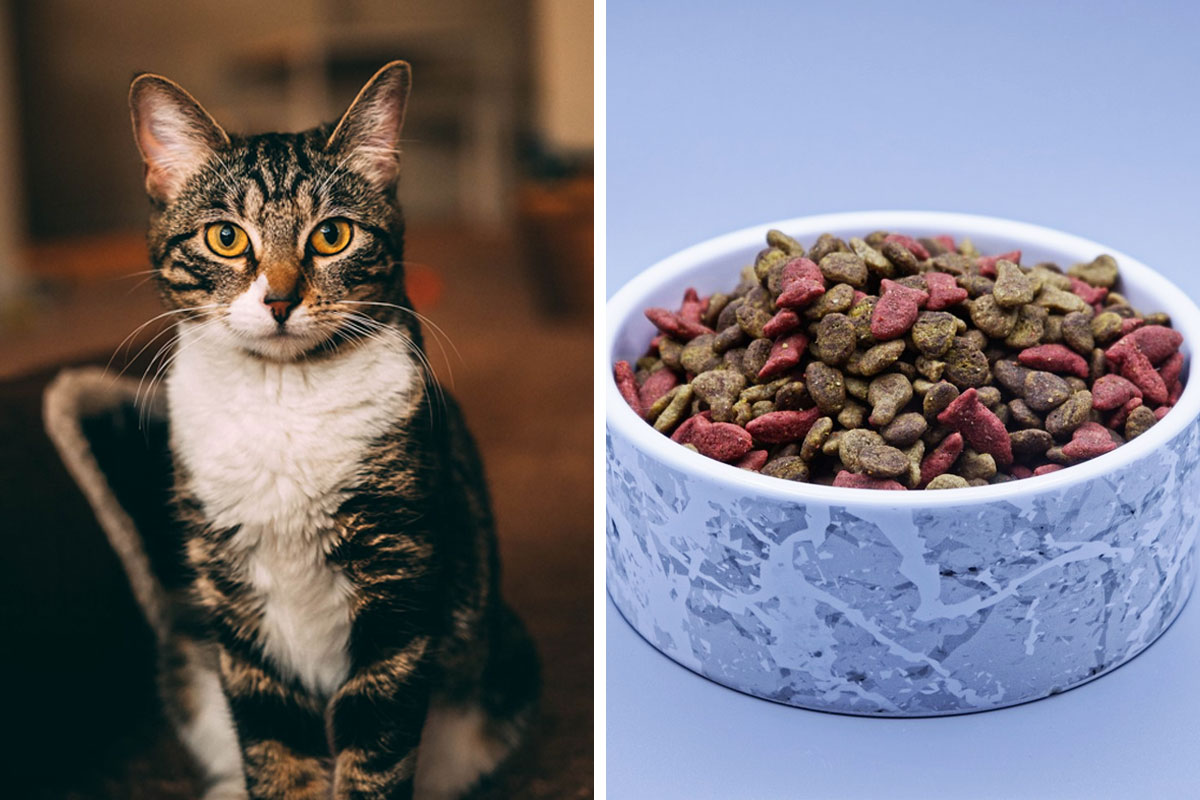
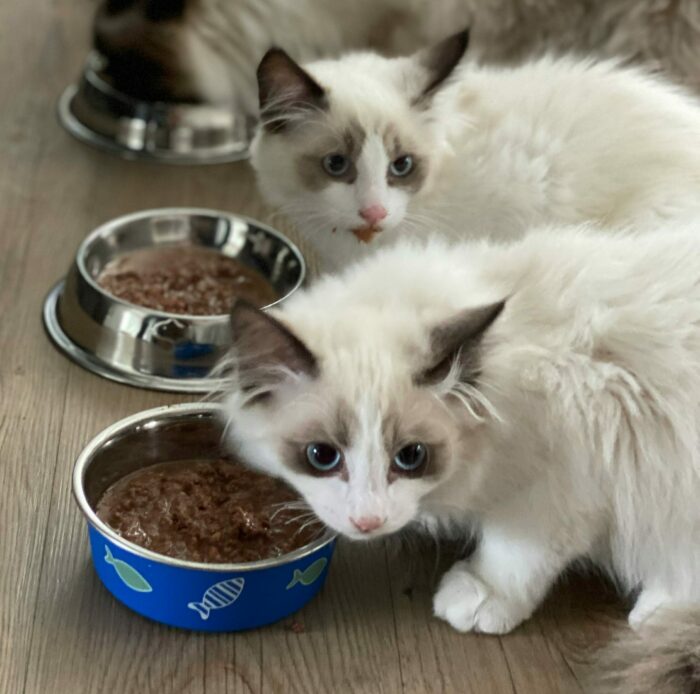
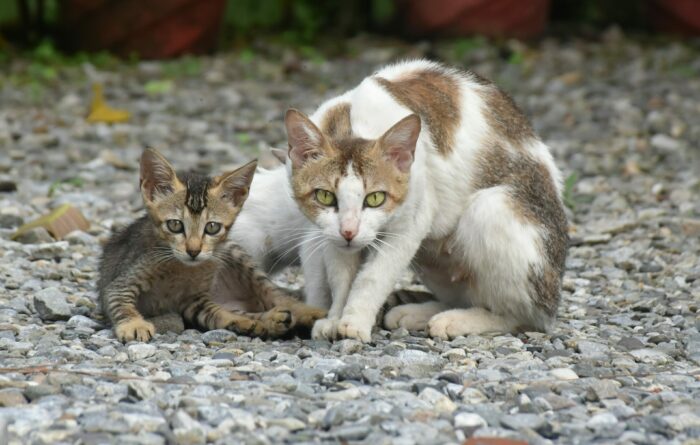
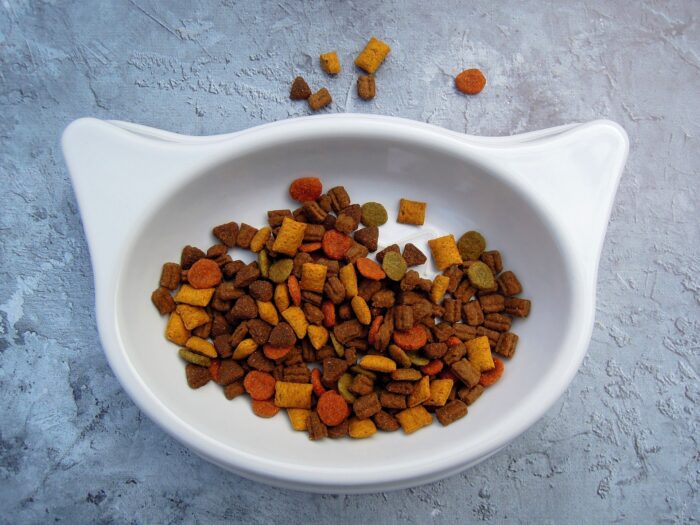



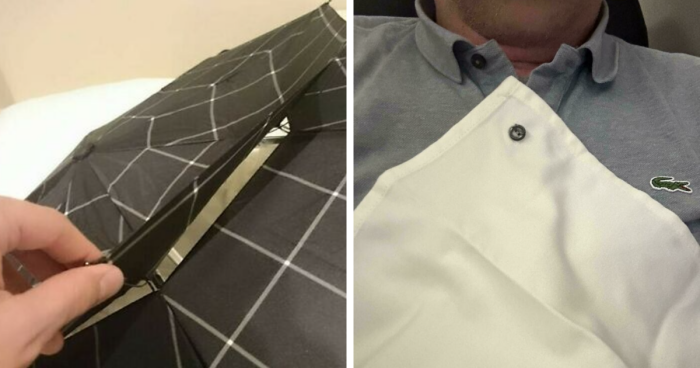







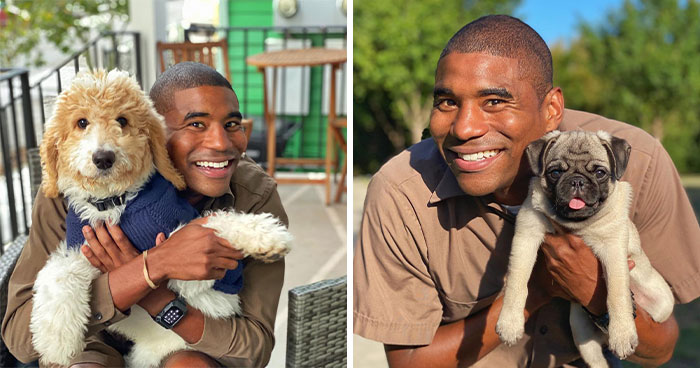
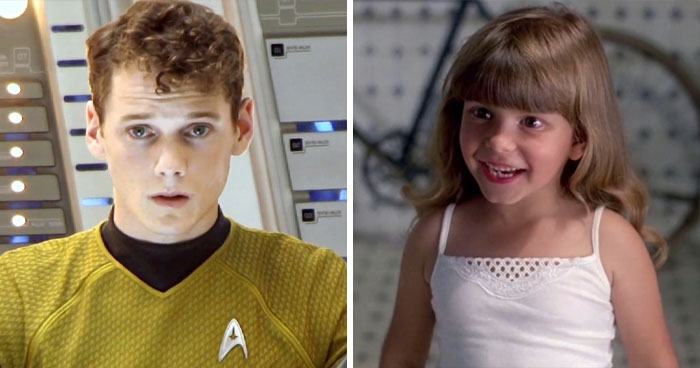








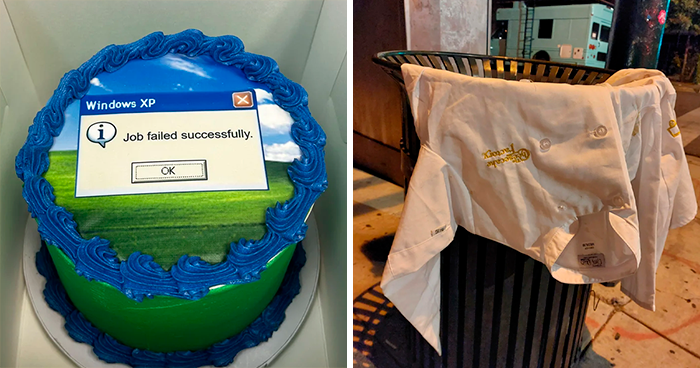

-4
0